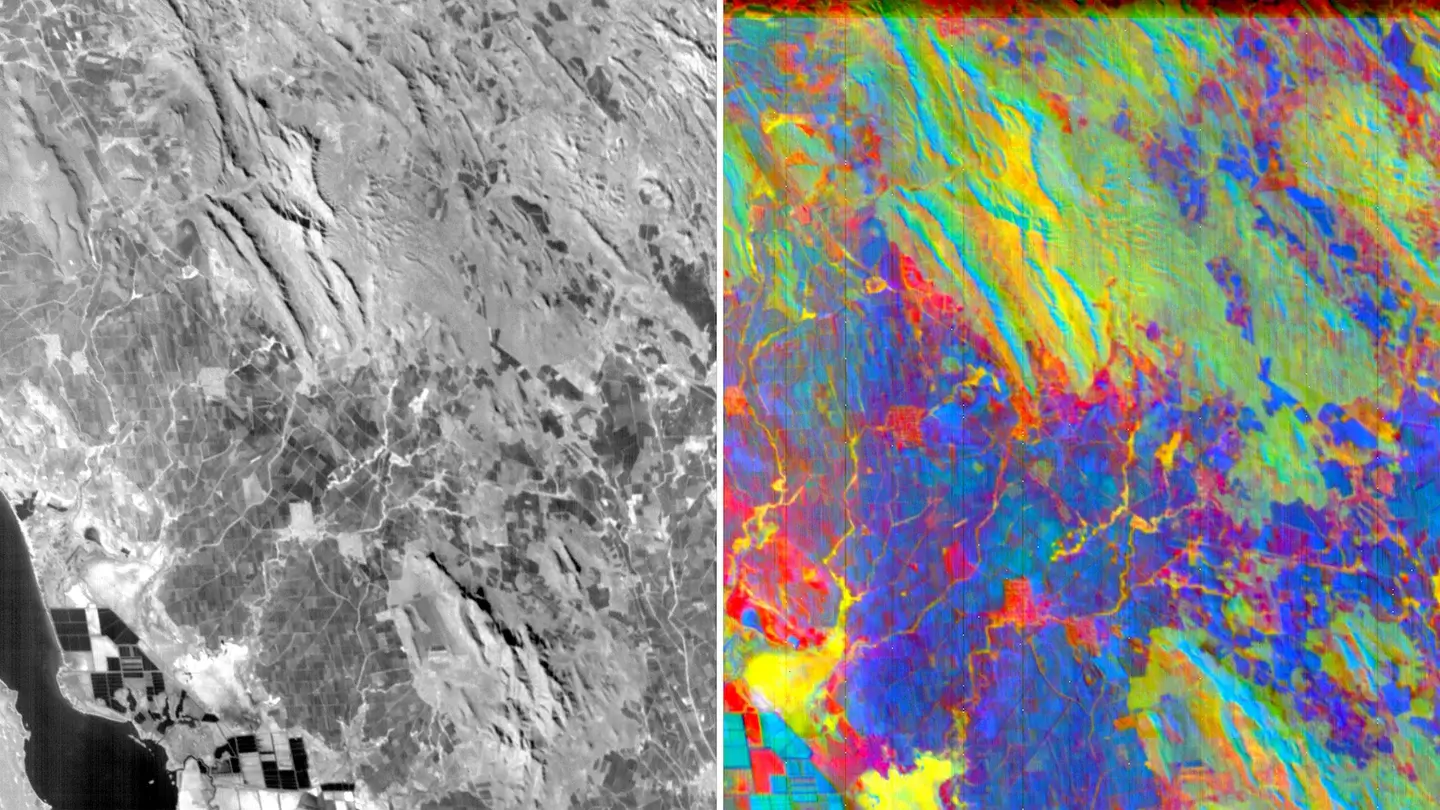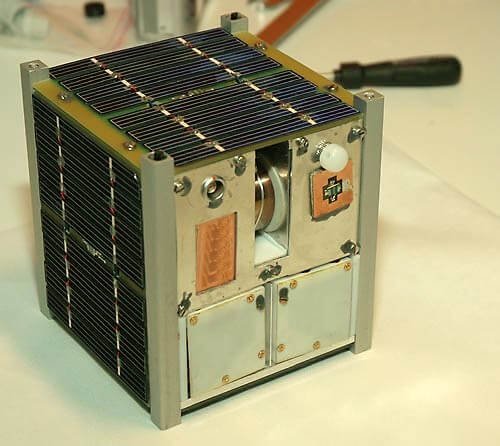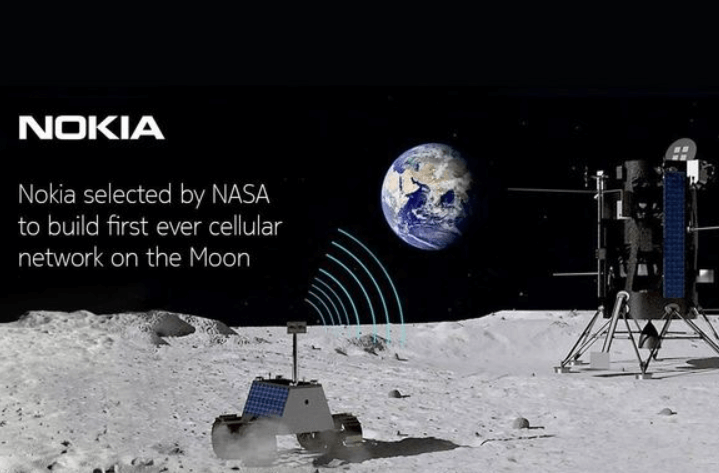Imagine being able to peer into the health of a forest from miles above, track a developing storm system across continents, or map the uncharted depths of the ocean floor – all without ever leaving your desk. This is the power of remote sensing, a revolutionary technology that allows us to gather information about Earth (and beyond) from a distance.
In essence, remote sensing is the art of acquiring knowledge about an object or area without physically being there. It’s like having a super-powered sense that lets you perceive details beyond the limitations of human sight and touch. This is primarily achieved by measuring the interaction between various forms of energy and the object or environment of interest.
The Science Behind the ‘Seeing’
The workhorse of remote sensing is the electromagnetic spectrum, a vast range of energy encompassing visible light, radio waves, infrared radiation, and more. Different objects and materials interact with these energy waves in unique ways, either by absorbing, reflecting, or emitting them. Remote sensing instruments, typically housed on satellites or aircraft, detect these responses and translate them into data that can be analyzed to extract valuable information.
There are two main categories of remote sensing techniques: passive and active. Passive systems, like cameras, rely on naturally occurring energy sources like sunlight. They measure the reflected radiation to identify features and properties of the target object. For instance, a camera capturing a forest in visible light can reveal details about vegetation health based on the color variations.
Active systems, on the other hand, emit their own energy and record the echoes or reflections. A classic example is LiDAR (Light Detection and Ranging). It works by firing laser pulses towards the ground and measuring the time it takes for the signal to bounce back. This allows for highly accurate 3D mapping of terrain and structures.
What are the Applications of Remote Sensing?
Remote sensing has revolutionized numerous fields, offering unparalleled insights into our planet and beyond. Here are a few key applications:

Picture credit Springer
- Environmental Monitoring: Remote sensing plays a crucial role in monitoring environmental changes. It helps track deforestation, assess the health of oceans and coral reefs, and measure the extent of wildfires and floods. This data is vital for environmental conservation efforts and disaster management.
- Agriculture: Farmers can leverage remote sensing to monitor crop health, assess soil moisture, and identify areas requiring irrigation or fertilizer. This information enables them to optimize resource usage and increase agricultural productivity.
- Geology and Mineral Exploration: Remote sensing data helps geologists map geological formations, identify potential mineral deposits, and assess the stability of slopes. This information is crucial for mineral exploration, resource management, and hazard mitigation.
- Urban Planning and Infrastructure Management: Urban planners can use remote sensing data to track urban sprawl, monitor infrastructure health, and identify potential areas for development. This data helps create sustainable and resilient cities.
- Climate Change Research: By tracking changes in ice cover, sea level rise, and global vegetation patterns, remote sensing plays a vital role in monitoring climate change. This data is essential for developing strategies to mitigate climate change and adapt to its effects.
The Ever-Expanding Scope of Remote Sensing
The world of remote sensing is constantly evolving. Advancements in sensor technology, data processing algorithms, and artificial intelligence (AI) are pushing the boundaries of what’s possible. Here’s a glimpse into the exciting future:

Picture credit Pixxel
- Hyperspectral Imaging: This technology captures data across a very broad range of wavelengths within the electromagnetic spectrum, providing a more detailed chemical fingerprint of objects. This can be used for mineral exploration, precision agriculture, and environmental monitoring.
- Small Satellite Constellations: The increasing number of small, low-cost satellites allows for more frequent data collection and improved spatial resolution. This will enable real-time monitoring of environmental changes and provide valuable insights for various applications.
- Integration with AI: AI algorithms can analyze vast amounts of remote sensing data to extract hidden patterns and make predictions. This will be crucial for tasks like automated land cover classification, anomaly detection, and crop yield forecasting.
Beyond Earth: Exploring the Cosmos
Remote sensing isn’t just limited to Earth. We use similar technologies to explore our solar system and beyond. Space probes and telescopes equipped with sophisticated sensors gather data on planets, moons, asteroids, and distant galaxies. This information helps us understand the formation and evolution of celestial bodies, search for potential signs of life, and unravel the mysteries of the universe.
In conclusion, remote sensing is a powerful tool that allows us to see the world from a new perspective. By harnessing the power of technology and scientific ingenuity, we can continue to unlock the vast potential of remote sensing for the betterment of our planet and our understanding of the universe as a whole. As we delve deeper into this fascinating field, the possibilities seem endless, promising a future filled with groundbreaking discoveries and a deeper connection with our world and beyond.
FAQs
Active Remote Sensing.
Passive Remote Sensing.
Microwave Remote Sensing.
The Value of Remote Sensing Data.
Monitoring floods and forest fires, deforestation, polar bears, chemical concentrations, and earthquakes are just a few cases in which geospatial remote sensing provides a global perspective and actionable insights that would otherwise be unattainable.
Remote sensing is a surveying and data collection technique, used to survey and collect data regarding an object while GIS is a computer system that consists of software used to analyze the collected data and hardware that the software would operate in.
Functions of GIS include: data entry, data display, data management, information retrieval and analysis. A more comprehensive and easy way to define GIS is the one that looks at the disposition, in layers, of its data sets.
It was Dr. Roger F. Tomlinson who first coined the term geographic information system (GIS). He created the first computerized geographic information system in the 1960s while working for the Canadian government—a geographic database still used today by municipalities across Canada for land planning.









